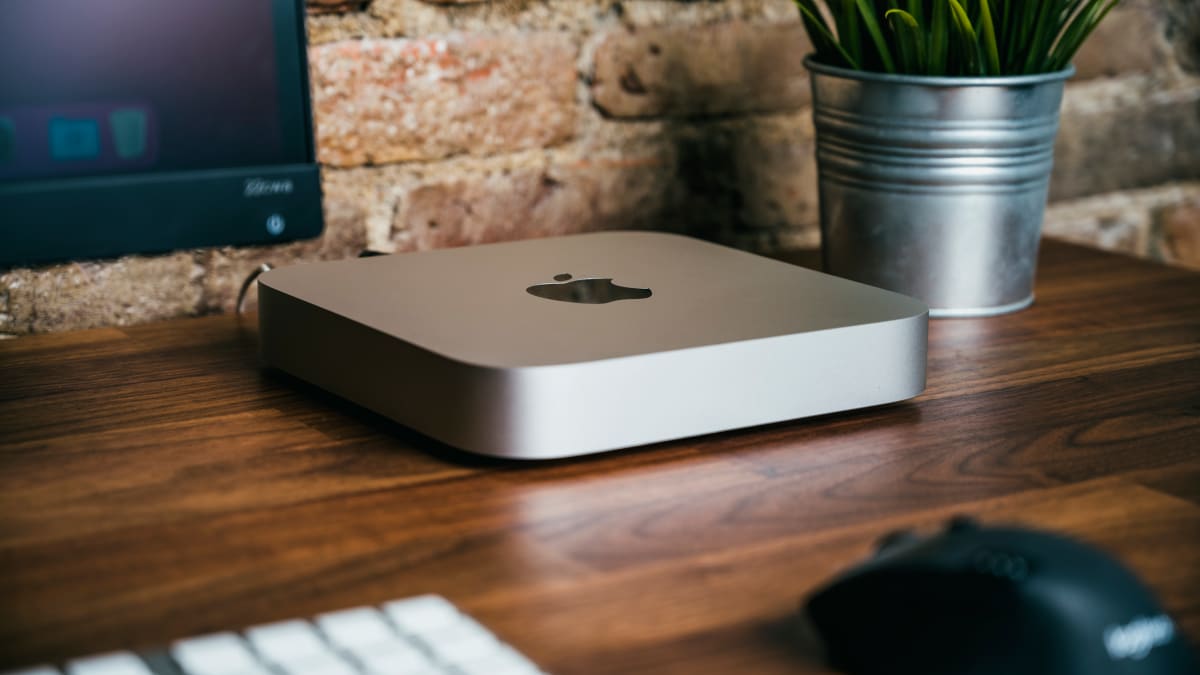

Mac mini review 2.6 ghz Pc#
It's clearly designed to be a one-chip solution to every bottleneck in modern PC designs. It combines processing and graphics onto the same system on a chip (SoC) and also packs in other features, like a secure enclave for security, unified memory for utilizing RAM more efficiently, and an integrated storage controller with accelerated cryptography for faster, more secure storage. The chip itself is a 3.2 GHz processor with 16 billion transistors squeezed onto its silicon. It's the same processor found in the new MacBook Air and MacBook Pro, and by offering that identical hardware the Mac mini promises more or less identical performance. The Mac mini M1 is outfitted with the Apple M1 processor, the first CPU in the Apple Silicon family to come to Macs. Mac mini with M1 review: Hardware changes But we can't discount the possibility that Apple opted for the now universal standard instead of Thunderbolt 4 because it's a proprietary Intel connection, and the Apple/Intel relationship is profoundly different now that Apple is migrating away from Intel-based Macs. This is also notable in part because Apple – an early adopter of Thunderbolt technology – has not switched to Thunderbolt 4, likely because the development of the M1 processor focused on the well-established Thunderbolt 3 standard instead of the new Thunderbolt 4. It's also backwards compatible with USB 3.2 and USB 2.0, but that's less of a concern thanks to the two USB 3.0 connections already offered by the Mac mini. Essentially, the once disparate USB and Thunderbolt standards have merged, and Thunderbolt 3 is more or less interchangeable with USB 4.

USB 4 uses a USB type-C connector, offers 40 gigabits per second of speed and supports power delivery up to 100 watts, all specs that sound extremely familiar if you've read up on the details of Thunderbolt 3. While that may leave some users scratching their heads – Thunderbolt and USB were initially competing formats – the recently released USB 4 standard conforms to most of the Thunderbolt 3 specs. It's also worth noting that the Thunderbolt 3 ports found on the Mac mini are also USB 4 ports. It's an inconvenience for a specific niche of users, but it's a niche Apple has catered to in the past.
Mac mini review 2.6 ghz professional#
While the average user may not have any need for a 10 gigabit connection, that capability was especially welcome for meeting the demands of video professionals that need those speeds for pulling uncompressed video files from network attached storage, as well as other professional users that may have 10 gigabit available in the office. The older Mac mini could also be configured with a 10 gigabit ethernet connection, but the new M1 mini only offers standard ethernet. The older 2018 mini supported up to three.
Mac mini review 2.6 ghz upgrade#
The new model matches the MacBook Air and MacBook Pro with its dual Thunderbolt ports, but it's still a step down for anyone looking to upgrade their Apple desktop to the latest version.Ī related limitation – which may be attributed to the reduced number of ports, the limitations of Apple Silicon, or perhaps both – the M1 Mac mini only supports two displays, and only one of those over Thunderbolt. The first is the loss of two Thunderbolt 3 ports – the 2018 Mac mini boasted four. Compare that to the 2018 Mac mini and you'll notice a couple of big changes.


 0 kommentar(er)
0 kommentar(er)
